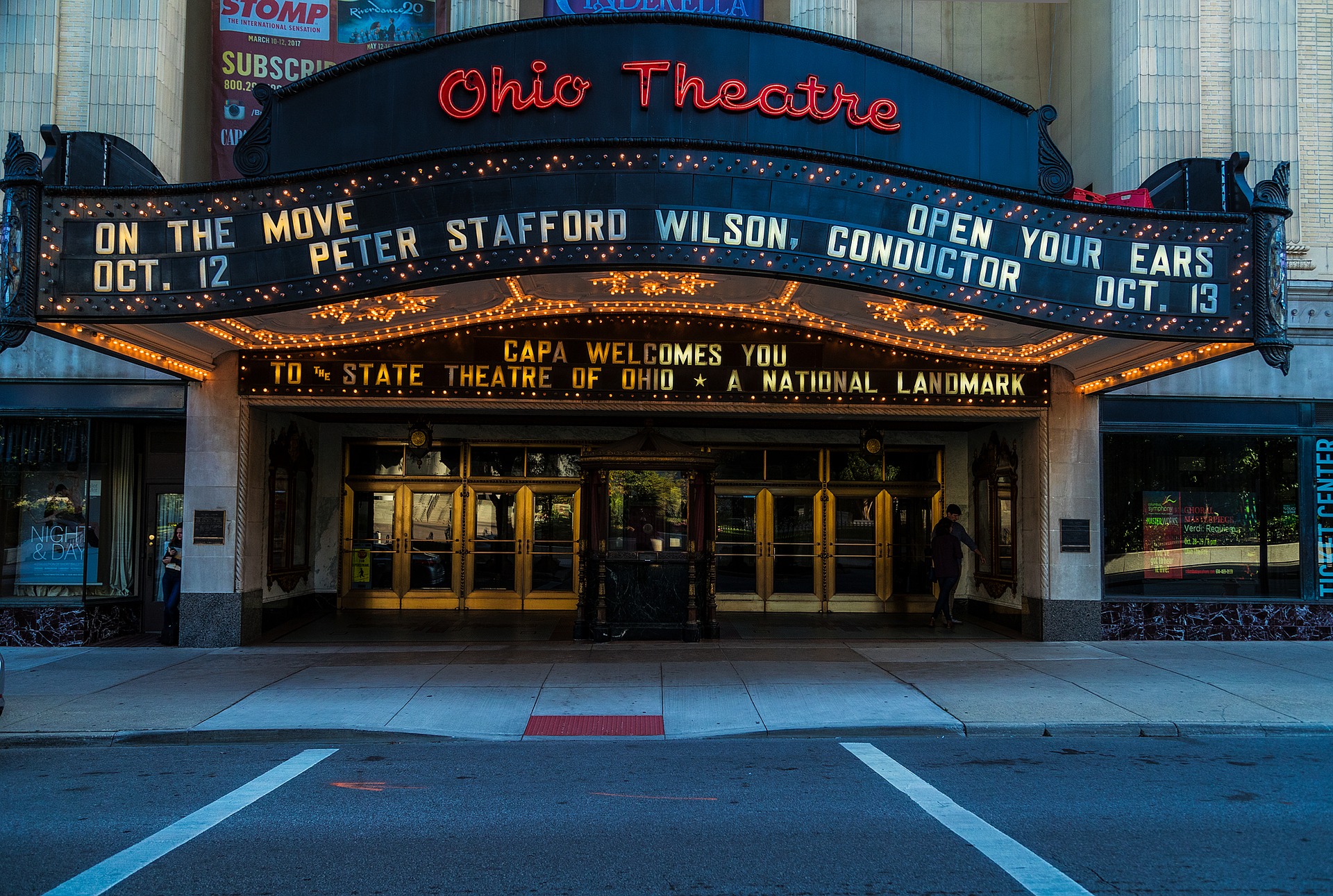
Despite the rise of Netflix and other video-on-demand streaming sites such as Sofy.tv, movie theatres are still a very big business.
According to BoxOfficeMojo, total revenue was in the tens of billions of dollars in 2019. The highest-grossing movie of the year, Avengers: Endgame grossed $2,797,800,564 on its own. So, as you can see, movie theatres still have a lot of life in them yet.
However, the future might not be so rosy if studios are not able to adapt to fight the rise of Netflix. It is clear that movie theatres need a helping hand to understand and provide for the audience of tomorrow.
In this article, we are going to take a look at how movie theatres will look to big data analytics to change the way they do business.
What Is Data-Driven Moviemaking Anyway?
Data-driven moviemaking is the industry term given to the use of big data analytics in moviemaking.
Simply put, it involves the application of big data to movie production. This involves specialist companies such as Largo using their unique AI-powered big data analytics programs to identify trends or patterns in large data pools.
The data pools can be literally anything that has directly or indirectly to do with the movie business.
So, for example, social media data relating to which past movies, actresses and actors, or even what movie posters a particular individual likes, can all be used to map that person’s movie tastes and preferences.
All this data is great, but without a sophisticated artificial intelligence-powered big data analytics program, it is next to worthless.
Where do you get such a program?
Well, given that data-driven moviemaking is still in its infancy, the simple answer is that either you amass a team of world experts to develop one, or you must outsource to a company such as Largo that has already done the years of hard work.
Largo’s team of big data specialists teamed up with the research department from the Swiss Federal Institute of Technology Lausanne. Together, we worked tirelessly for several years to develop one of the most sophisticated big data analytics programs in the world today.
Called LargoAI, our unique technology already empowers us to create accurate predictions and insights from as early in the production as the script phase. Yes, it seems amazing but it’s true.
LargoAI is able to analyze both scripts as well as movie footage and break it down into what we like to call its ‘ingredients’. By comparing these ingredients to similar movie ingredients, we are able to extrapolate all kinds of powerful predictions and accurate insights.
One is example is a predicted movie gross. LargoAI has already proven itself accurate to an 86% degree of accuracy when it comes to predicting potential movie gross. For more details, check out Largo’s breakdown of its prediction scores.

Big Data Can Save Movie Theatres
While data-driven moviemaking is already helping to dramatically change movie production, it also has the power to help movie theatres battle the rise of video streaming platforms like Netflix and Sofy.tv.
To see how, let’s first look at a few of the advantages of video on demand sites:
- More bang for your buck
- Anytime/anywhere viewing
- Can easily turn off bad movies
- Much better choice
- No noisy people stuffing their face with popcorn
We’ve all had the experience of going to see a movie and then it turning out to be a dud or ruined by a noisy audience.
All of the factors above represent a real challenge for movie theatres.

Now let’s look at how big data can help theatres overcome them.
While movie theatres will never be able to compete in terms of bang for your buck, they can still make up for this in another way.
To start with, Netflix cannot match the experience of going to a big-screen theatre. As such, movie theatres hold a distinct advantage.
People will never switch entirely to staying in and watching video on demand. Movie theatres will always remain an excursion that people will want to do. That is of course, provided they can keep their costs down.
The way movie theatres can keep their costs down is simple – ensuring that they are always full.
Big data analytics can help solve this problem through a combination of data-driven target marketing and enabling theatres to offer a better selection of movies.
At the current time, movie theatres simply hedge their bets and fill up screenings with Marvel movies. Since these are the most popular, they are most likely to bring in large audience numbers.
However, big data analytics will soon have the power to accurately predict audience interest in particular movies.
So, for example, a low budget movie might have the power to fill out a whole theatre for one screening a week. Right now neither the movie theaters have the advertising budgets to market such an endeavor, so the prospective audience has no way to hear about it.
A combination of big data analytics used to identify and market such a screening means that for little to no money, each individual movie theatre could guarantee how many and when such an audience might like to watch a movie.
The result of this would be more movies and more bums on seats. It will be a win-win for movie theaters and audiences everywhere.
For more information on data-driven moviemaking, visit Largo today.





Stay connected